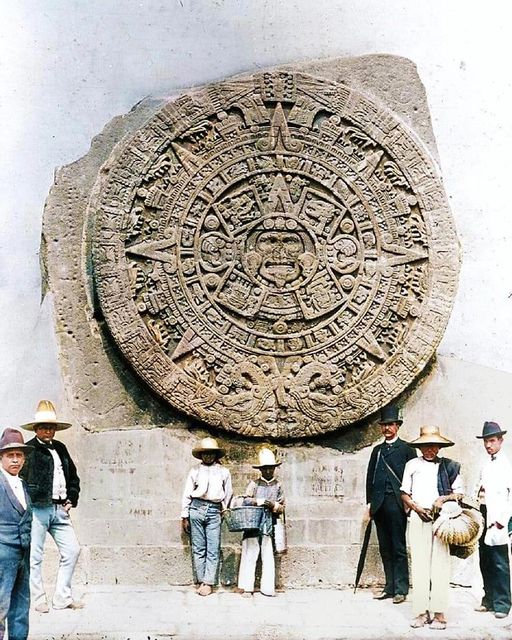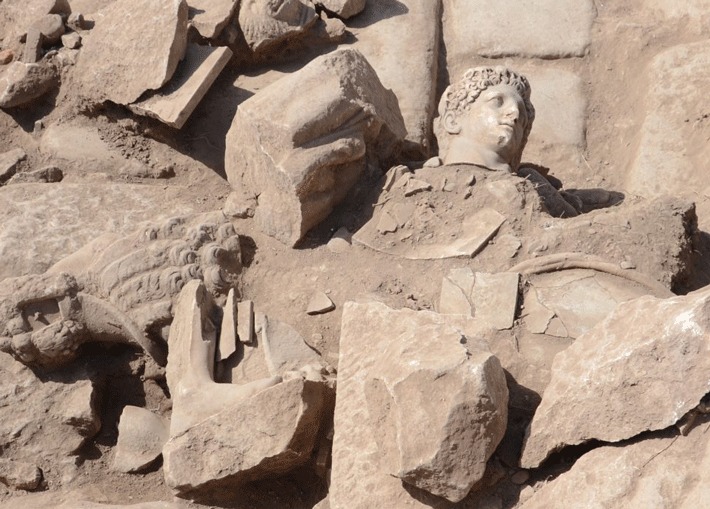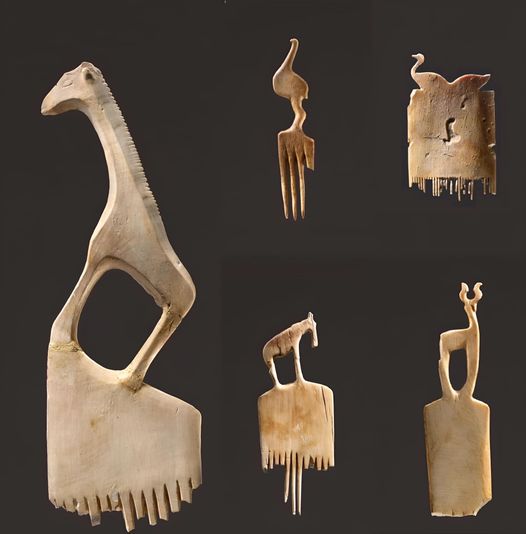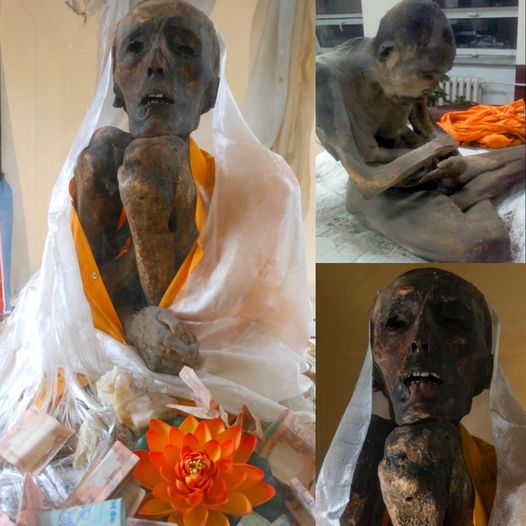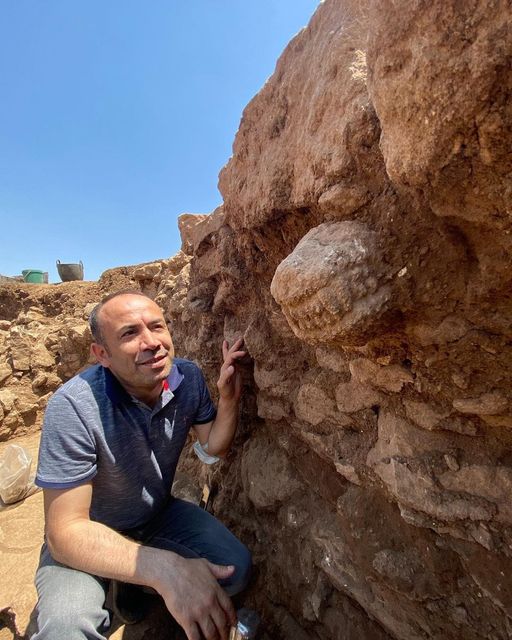When we think of the catastrophic eruption of Mount Vesuvius in 79 AD, the ancient city of Pompeii often takes center stage in our imaginations. However, nestled nearby lies another remarkable archaeological site—Herculaneum. Like its more famous neighbor, Herculaneum was also devastated by the eruption, buried under 66 feet of volcanic ash and debris. Join us as we delve into the lesser-known history of Herculaneum and uncover the secrets of this once-thriving Roman town.

The Catastrophic Eruption: In the fateful year of 79 AD, Mount Vesuvius unleashed its fury upon the cities of Pompeii and Herculaneum. The eruption sent a towering column of ash, pumice, and volcanic gas into the sky, ultimately burying Herculaneum under a thick layer of volcanic material. Unlike Pompeii, which was primarily engulfed by falling ash and pumice, Herculaneum was buried under hot pyroclastic flows—fast-moving currents of superheated gas and volcanic debris. This unique preservation method resulted in a different set of challenges and opportunities for archaeologists seeking to uncover the secrets of Herculaneum's past.
Preserved in Time: The burial of Herculaneum under layers of volcanic material proved to be a double-edged sword for preservation. While the city suffered immense destruction, the thick blanket of ash and debris sealed off buildings, artifacts, and even organic materials from the elements, providing a remarkably well-preserved snapshot of Roman life. Wooden structures, furniture, and even foodstuffs have been unearthed at Herculaneum, offering unparalleled insights into daily life in an ancient Roman town. The level of preservation at Herculaneum has allowed archaeologists to piece together a vivid picture of urban Roman society in the 1st century AD.
Revealing Ancient Treasures: Excavations at Herculaneum have unearthed a wealth of artifacts and architectural marvels. The town's luxurious villas, adorned with intricate mosaics, frescoes, and marble statuary, attest to the wealth and sophistication of its residents. Herculaneum's proximity to the sea is evidenced by its well-preserved waterfront structures, including boat sheds and warehouses. The discovery of papyrus scrolls—carbonized by the volcanic heat but still legible—has provided valuable literary and historical insights, offering a glimpse into the intellectual pursuits of Herculaneum's inhabitants.
The Importance of Archaeology: The archaeological excavation of Herculaneum continues to yield new discoveries and challenge our understanding of ancient Roman life. By studying the remains of this once-thriving town, archaeologists reconstruct the social, economic, and cultural dynamics of Herculaneum's inhabitants. The meticulous preservation and interpretation of artifacts and structures from Herculaneum contribute to our broader understanding of Roman civilization and its enduring legacy. As we reflect on the tragic fate of Herculaneum and its modern rediscovery, we are reminded of the importance of archaeology in preserving and interpreting our shared human heritage.
Conclusion: Herculaneum, often overshadowed by the fame of Pompeii, holds its own as a testament to the destructive power of nature and the resilience of human civilization. Through the ongoing efforts of archaeologists and researchers, Herculaneum's buried treasures are slowly coming to light, enriching our understanding of ancient Rome and its vibrant urban centers. As we continue to explore and preserve sites like Herculaneum, we honor the lives and stories of those who lived in the shadow of Mount Vesuvius. Archaeology allows us to bridge the gap between past and present, connecting us to the timeless wonders of antiquity and reminding us of the enduring lessons of history.






